Who invented the Abacus? Did you know the Romans used Abacus to calculate taxes? In recent times, the abacus is used to teach counting and basics of mathematics because of its scientifically proven benefits and toy-like appeal to children.
However, according to the history of the abacus, an abacus wasn't always a counting device for children.
It was a tool for business transactions, tax collection, and day-to-day counting. Isn't it interesting! Well, the abacus has traveled a long way to be what it is now.
It was just a wooden surface with a few pebbles on it when it was invented. So, without any delay, let's find out Who invented the Abacus?
Who Invented The Abacus?
Origin and History of the Abacus
The abacus is one of the oldest tools used for calculation. According to C. G. Knott in Transactions of the Asiatic Society of Japan, it was invented either by the Aryans or the Semitic society. In its earliest form, people used a dust abacus a table covered with fine dust or sand where numbers were written and erased for calculations. Interestingly, the word abacus itself comes from a Latin word meaning “dust.” This simple yet powerful tool laid the foundation for manual calculators we know today.

1. Why did the Ancient Civilizations Needed an Abacus?
The ancient numerals weren't suitable for calculating big numbers.
They needed a mechanical computation (something composite) to do the calculations on.
Paper wasn't discovered yet.
Their previous method of counting, fingers and toes, weren't sufficient to calculate taxes or trading transactions.
Suggested Reading
2. The Ancient History of Abacus
Earliest Roots of Abacus in Mesopotamia Math-historians and scholars claim the earliest trace of abacus use was in Mesopotamia between 2700-2300 BC. Even though it wasn't a beaded counting frame, as we use now, it was indeed the ancestor of the this modern calculator.
Moreover, the Sumerians used both counting boards and beaded calculating arrangement to count. Dear readers, you must understand that there's no archaeological evidence of Mesopotamians using abacus. So, the major part this information is based on textual research and logical assumption
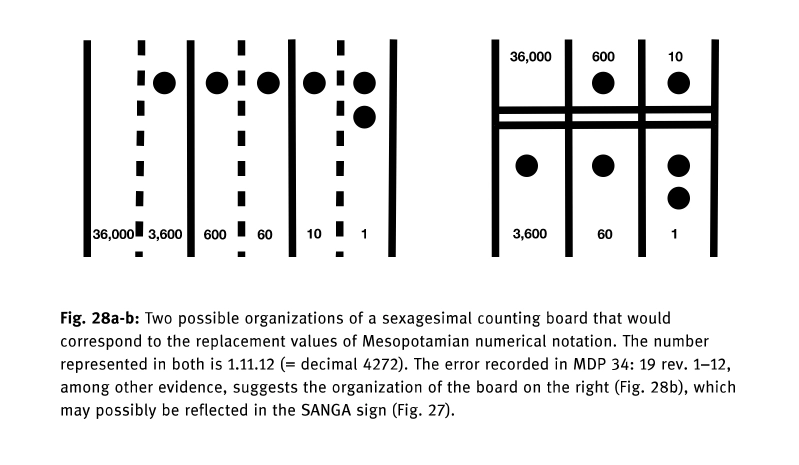
Picture Credits: Page 471, it was so ancient and primal to the Mesopotamian culture that counting using an abacus preceded writing. In other words, people learnt how to use an abacus before learning how to write.
3) The Right-to-Left Pebble Abacus in Egypt.
As old as Mesopotamian civilization, this calculating device also traveled to ancient Egypt. However, the ancient Egyptian counting frame was mainly a flat surface on which pebbles were moved from right to left to perform basic counting operations.
The Greek historian and geographer Herodotus testified that Egyptians were calculating with pebbles moving them from right to left.
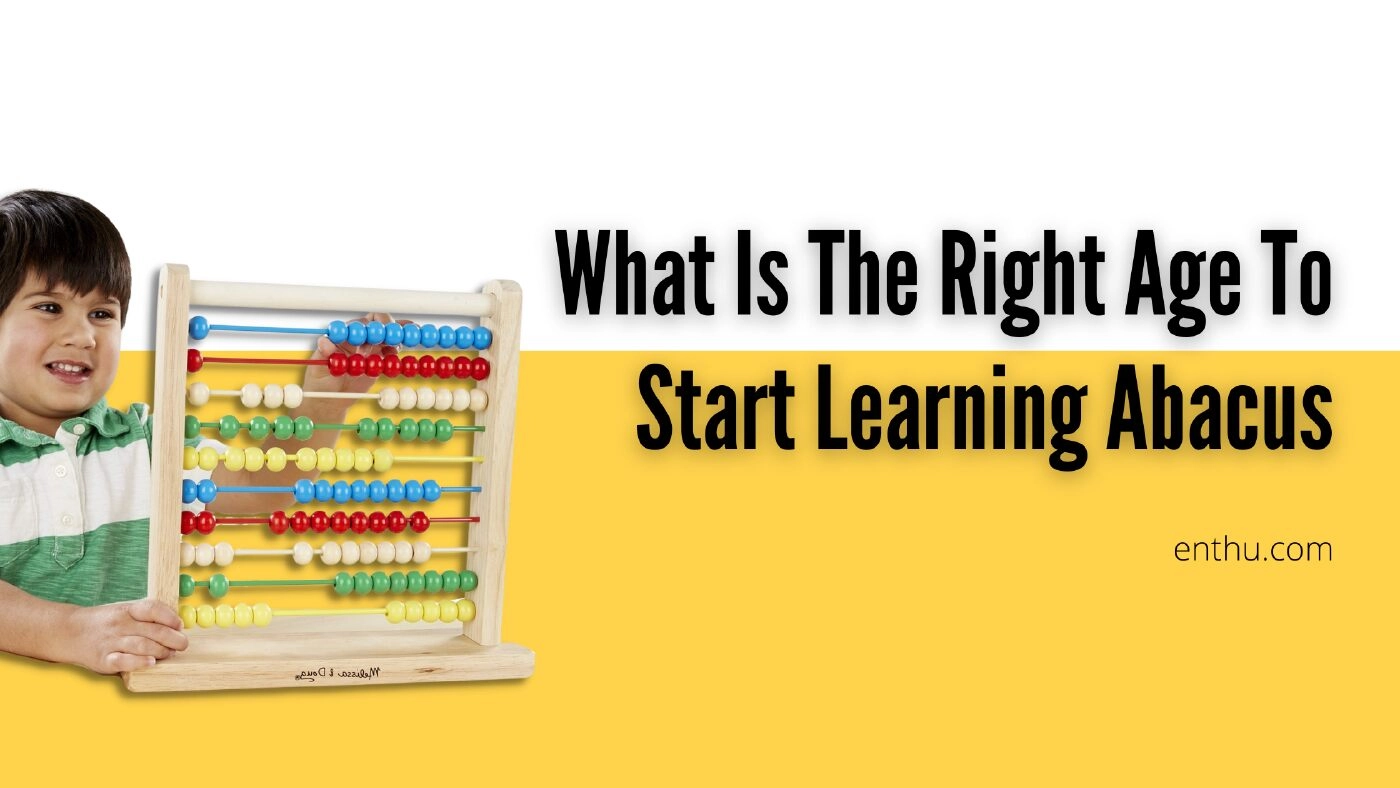
4) The Abacus in Babylon
The Abacus reached Babylon around 400 BCE. Apparently, the counting frame wasn't enough for the advance Babylonian calculations. Therefore, as expected, the Babylonians eventually moved on from the counting frame.
Nonetheless, Babylon is an important pillar in the history of abacus because it was the gateway for the counting device to enter Greece.
I amblichus mentions in Life of Pythagoras, that Pythagoras himself introduced the abacus to the Greek Civilization. Apparently, he adopted the skill and the device when he visited Babylon.
5) The Counter Abacus in Greece
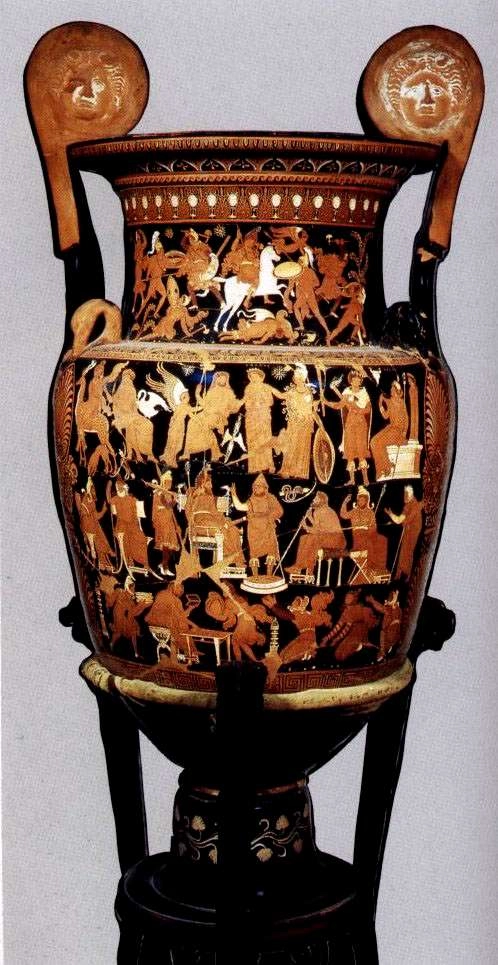
Darius Vase. Reaching Greece was an absolute milestone in the journey of abacus. It was where the idea of the abacus took the name abacus.
The Greek abacus was more like a flat wooden or marble table set with smaller units of wood/marbles/pebbles to conduct the calculations.
It was referred as the Counter Abacus because it had smaller units of various things, also called counters, to calculate.
The biggest evidence of Greeks using the abacus is the below picture in the Darius Vase. The Greek artifact, dated around 300 BCE, depicts a Royal treasurer receiving tax and calculating them on an abacus.
As you can see, the calculating table/abacus has Greek numerals and a small number pebbles/counters in front of it to calculate large numbers. The table/board contains the letters M Ψ H Δ
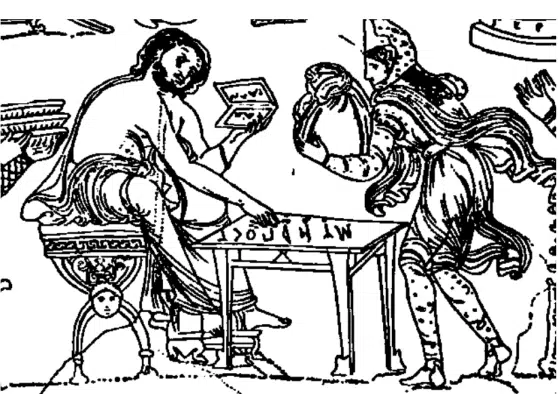
Depiction of Abacus in Darius Vase. The Mathematical Tourist) According to Wikipedia, the M = 10.000, Ψ is Boeotian for 1.000, H = 100, Δ = 10, and =5. Next to these numbers, if you look at the picture carefully, you'll see the former symbols of Greek coins.
The O is Obol the Boeotian symbol for 1 / 6 of a Drachma, C for half an Obol, and T for a quarter of an Obol. Researchers speculate the number to be 1741 or 4/6 Drachma.
After the Greek counting devices, the next remarkable development was the tablet in the Island of Salamis.
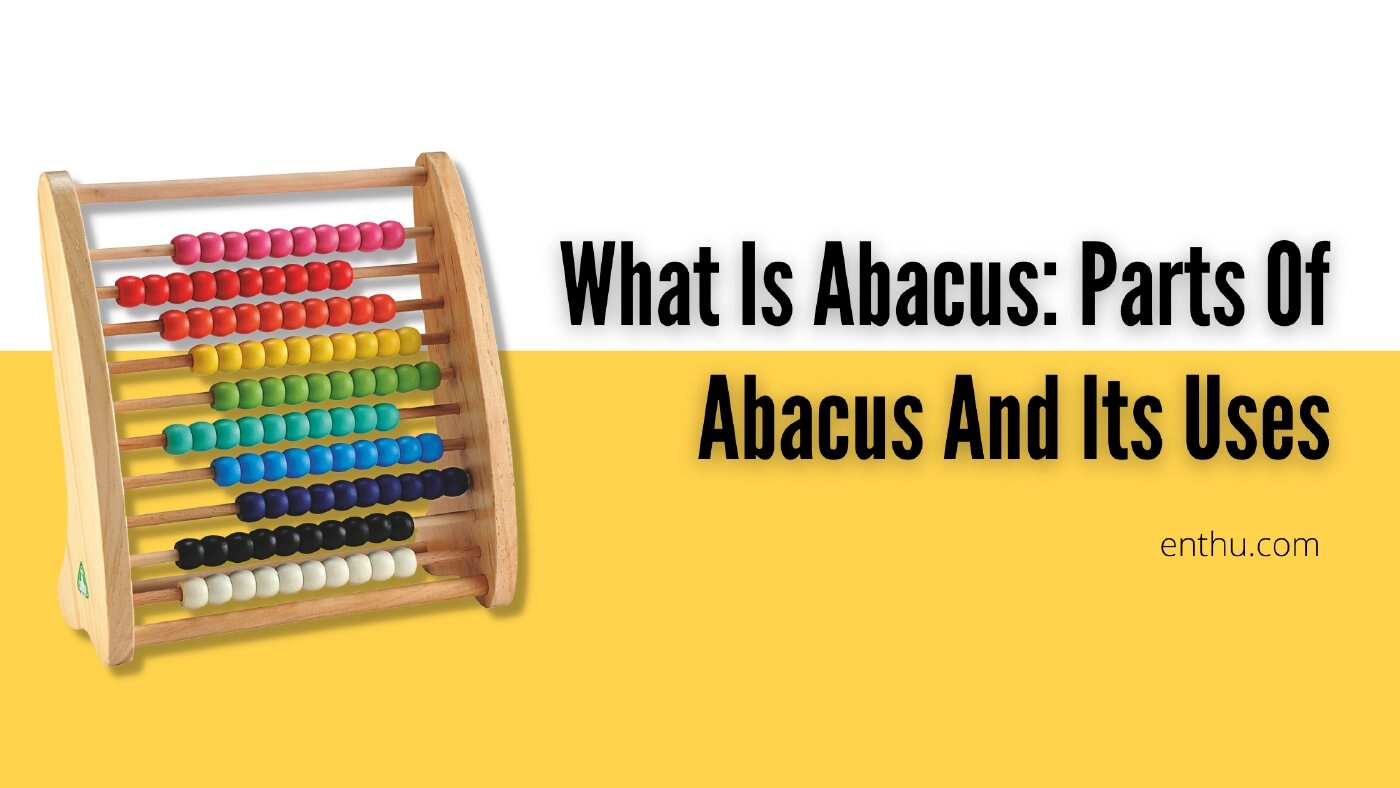
6) The Salamis Tablet in the Island of Salamis, Greece
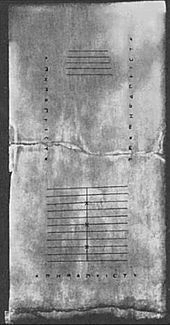
Before the invention of the tablet, the previous models were either too primitive or weren't models at all.
Because then, the abacus was just a method of calculating. While some used sticks on the sand, others used pebbles on wooden surfaces. So, the tablet is the first proper ancestor of the modern abacus.
It was discovered as late as 1846 on the Island of Salamis. But, according to historians, it was used by the Babylonians around 300 BC, making it the oldest version of the abacus.
The tablet is a white marble slate with dimensions of 150 × 75 × 4.5 cm. It has 5 horizontal lines divided by a single vertical line. Michael R. Williams further describes in A History of Computing Technology,
"Below these lines is a wide space with a horizontal crack dividing it. Below this crack is another group of eleven parallel lines, again divided into two sections by a line perpendicular to them, but with the semicircle at the top of the intersection; the third, sixth and ninth of these lines are marked with a cross where they intersect with the vertical line."
Suanpan

Next, we have the Chinese abacus–suanpan. It bears the most resemblance to the modern abacus. Therefore, many claim that the modern abacus has directly descended from the suanpan. It was invented as early as the 2nd century BC.
The oldest suanpan model was made with a wooden frame and had more than seven rods. It had one horizontal beam intersecting the vertical rods, dividing the frame into an upper deck and a lower deck.
The modern suanpan has a similar build, except the upper deck has two beads on each rod and the lower deck has five beads on each rod. Dear reader, you will be amazed to know that suanpan is the most popular abacus model even today.
Besides being used widely for commercial and official purposes, it is also famous for its educational use, even in modern times.
Fun fact: The Chinese abacus traveled through Korea and Taiwan to reach Japan, who named it soroban. |
1. Roman Abacus.
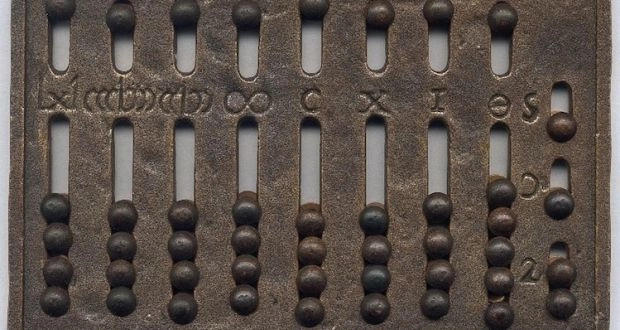
Irishtimes.com Archeological evidence shows that the Roman abacus was invented in the 1st century AD after the suanpan. Although, in the beginning, it was a smooth surface like a table, on which pebbles or stones were moved to conduct calculations.
Later on, it was manufactured as metal frames, one in which metallic beads were placed. The Roman hand abacus followed the roman number system.
Therefore, the vertical lines on the counting device represented ones, fives, tens, etc. It was so widely popular that most European markets used this counting device to do transactions.
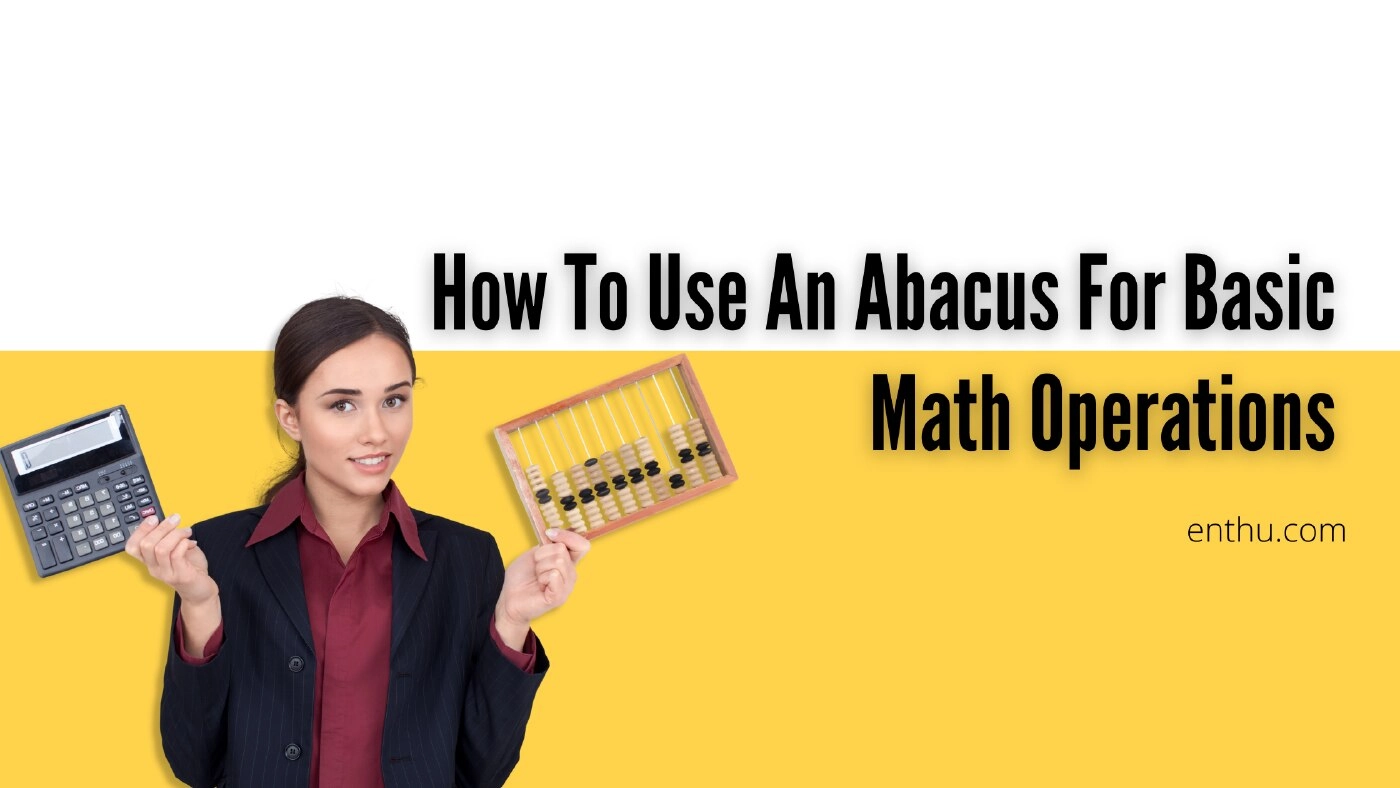
2. When was the Abacus Invented?
The origins of the abacus go as far back as Roman civilization. In fact, even before the Roman civilization, people used Abacus. Therefore, it’s challenging to trace who was the first person to use an abacus, or the exact date when invented.
On top of that, it wasn't a single person who invented the abacus one day. Contrastingly, it went through several changes and developments over time to become the modern abacus we use today.
The modern abacus bears an uncanny resemblance to the Chinese counting frame, Suanpan. If you want to attribute a particular date for the invention of the abacus, we can go with the invention of suapan, which is 190 CE in ancient China.
In addition to that, the abacus for the visually impaired community is another landmark transformation in the history of the abacus.
Tim Cranmer first invented it in 1960.
However, it resembles soroban, the Japanese Abacus. Therefore, it wasn't discovered in 1960. To summarize, there is no single invention year for abacus.
And it's because this counting frame goes way back in time, and it's almost next to impossible to know when it was first invented. Watch this video to know further about the invention of abacus.
3. The Modern Abacus At present.
People use two types of abacus. The first type, the modern Suanpan, also known as Soroban: it has more than 7 rods, 1 beam, and 2 decks. As you can see in the picture below, the upper deck has one bead on each rod, and the lower deck has 4 beads on each rod.
The schools, preschools, and kindergartens mostly use the second type of modern abacus. It is strikingly more colorful than other versions. It features 10 rods with 10 beads on each row.
Sometimes, all the beads come in the same color, but mostly, each row has a different color. The frame is mostly wooden and bigger in size than other abaci.
You can teach counting and place values using the modern abacus. Also, you can conduct basic mathematical operations such as addition, subtraction, multiplication, division, and extracting square root and cube root.
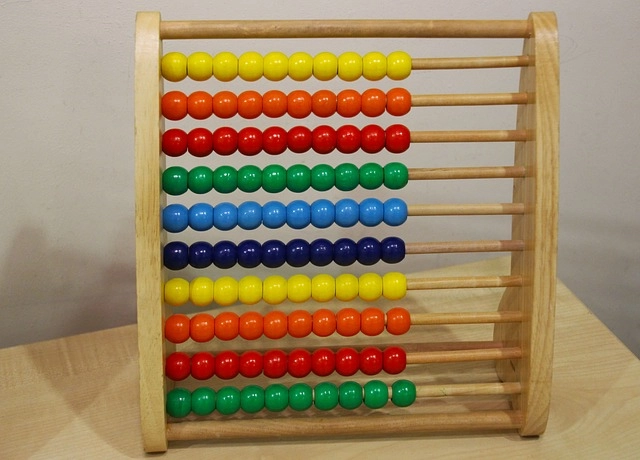
Wondering if adults can learn using an Abacus?


Conclusion
As you read above, the Abacus is the oldest counting device/calculator. Therefore, a device that survived the changes of human civilization for so many centuries, yet sustained with glory, comes with a rich history.
Although it's challenging to summarize the abacus history, I have tried to provide a brief story about its past. I hope you enjoyed the walk down the history lane with me. Adios! References~
FAQs
1. Who first invented the Abacus?
As the abacus has its roots as far back as Mesopotamian civilization, it's difficult to attribute a single person as the inventor of this counting frame. However, the world recognizes Tim Cranmer as an inventor because he invented the abacus for visually impaired people in 1960.
2. When was the Abacus first invented?
The first abacus was first invented in 190 CE in China.
3. Who invented the Abacus in China?
Some scholars believe the Ming dynasty mathematician Cheng Dawei invented the Abacus. But, actually, it's debatable whether there was any single inventor.
4. What is the oldest counting board?
The Salamis tablet, discovered in 1846, is the oldest counting board. Babylonians used it around 300 BC.


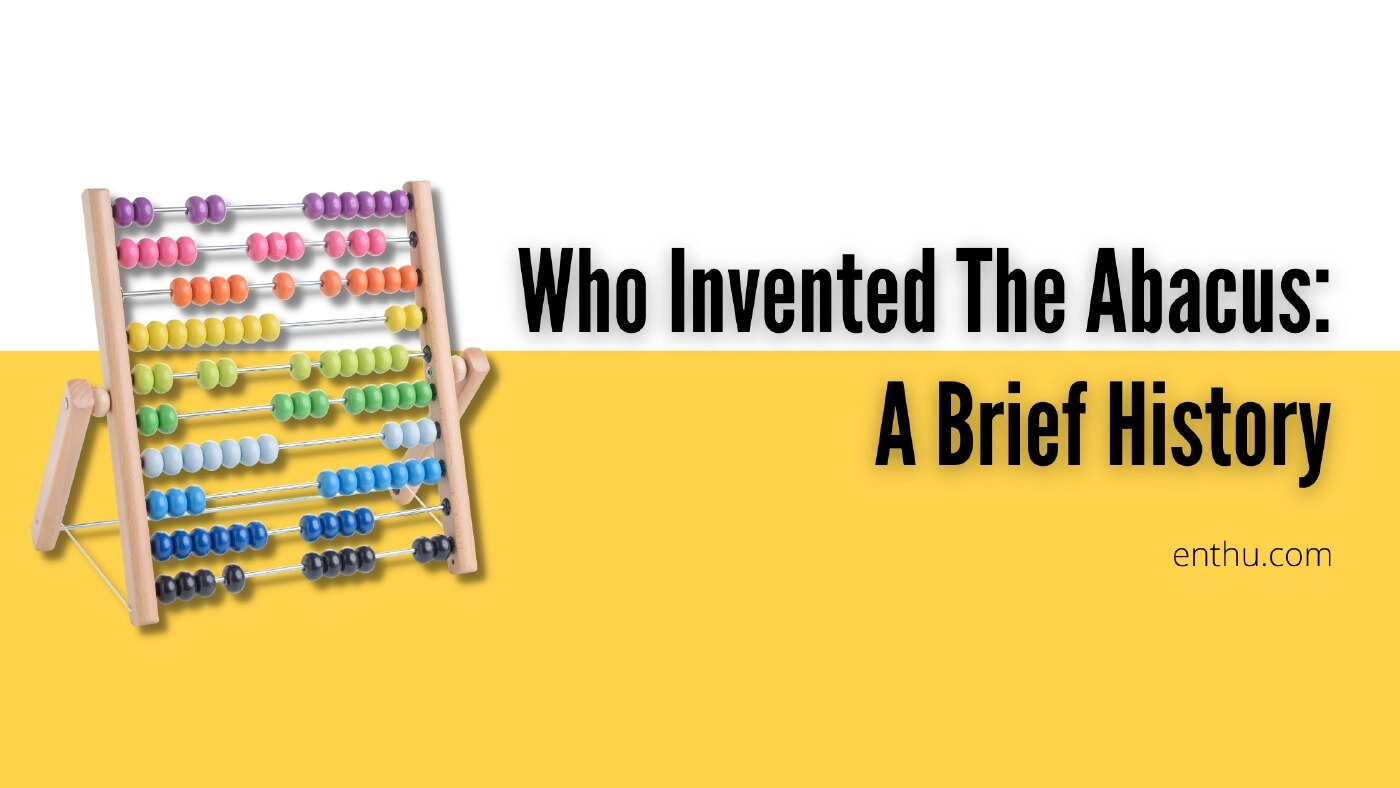
.png)


Comments